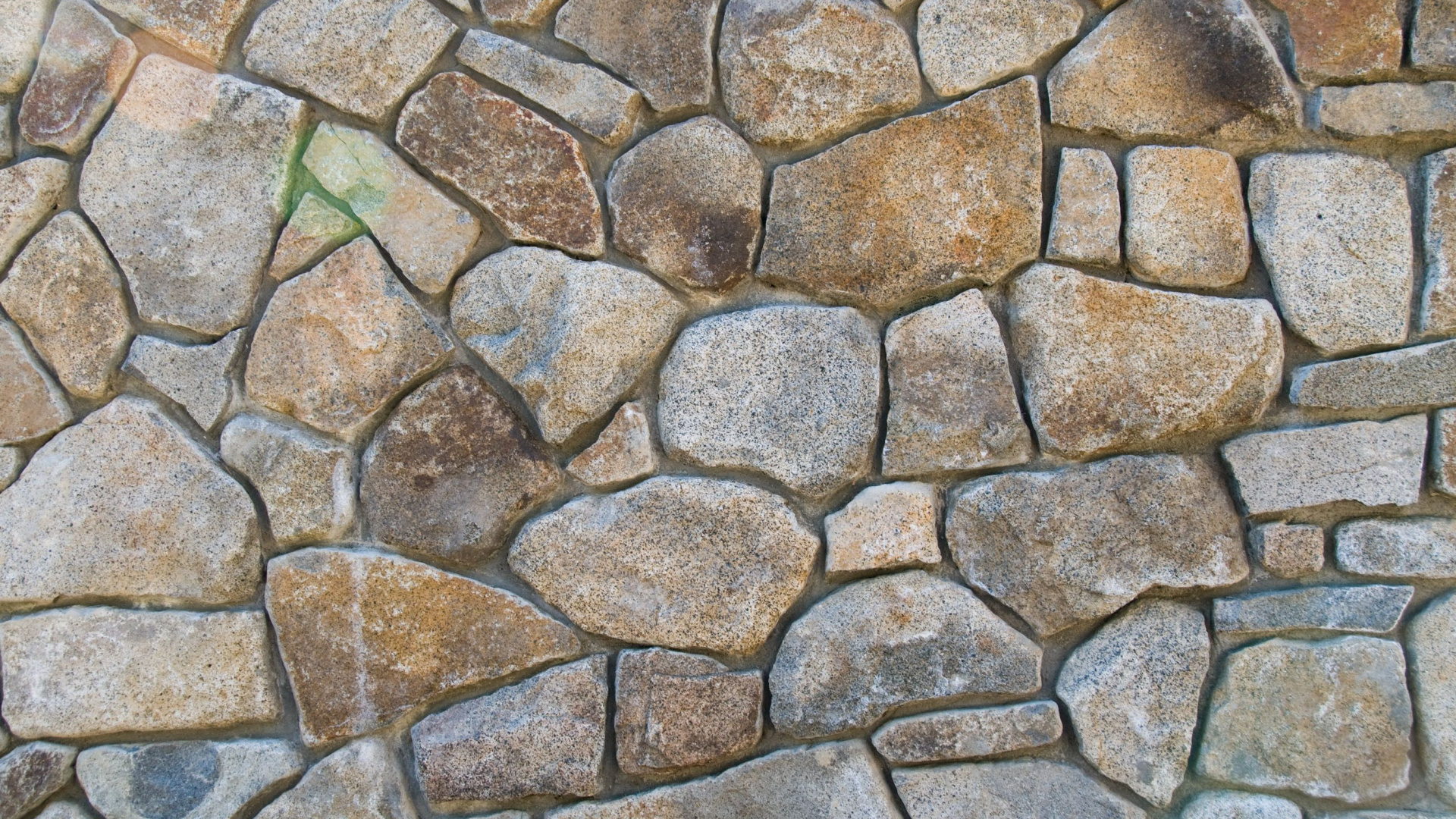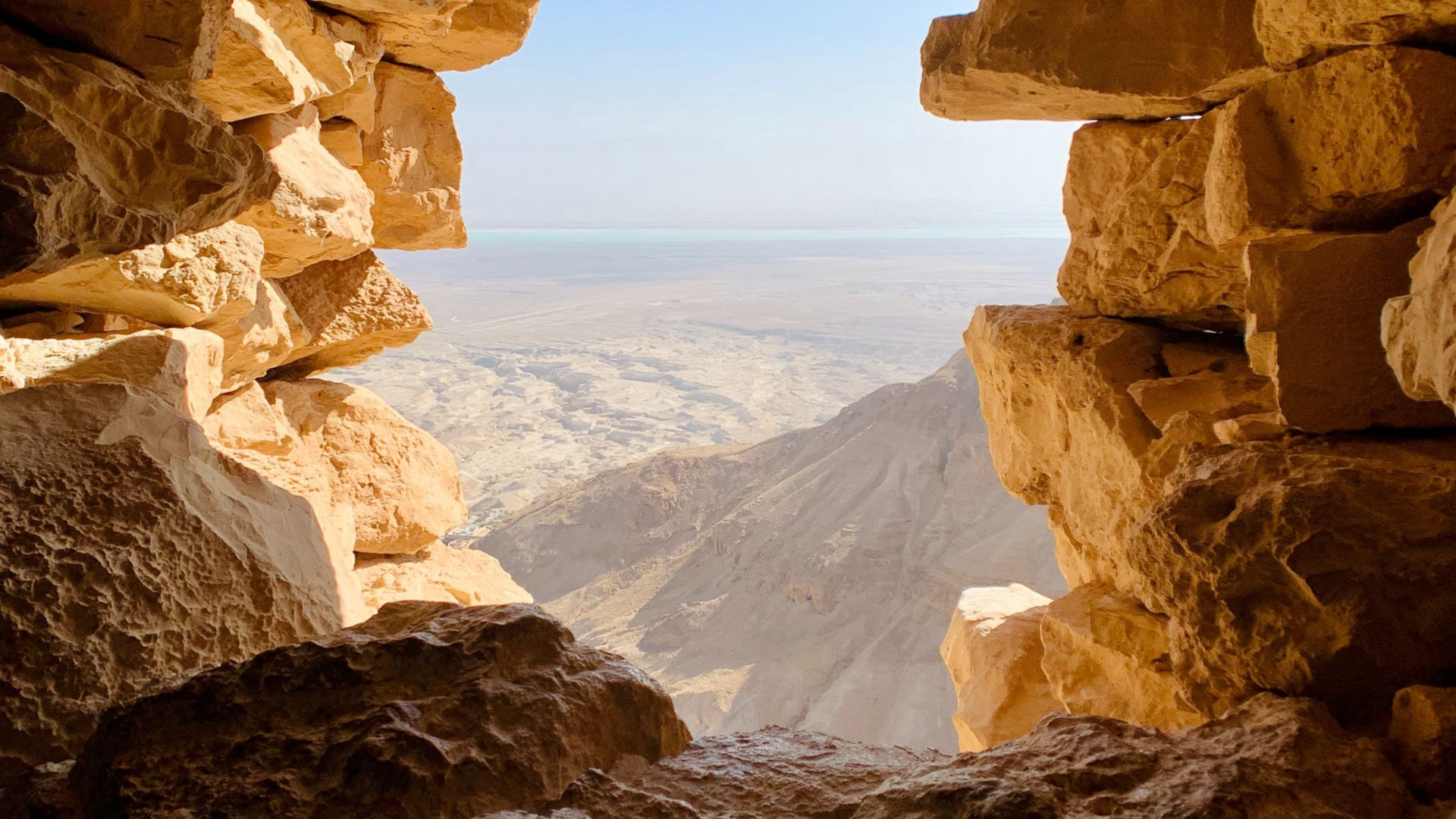To check what can be made from natural stone in industrial volumes, one should identify the category of minerals to which the rock is assigned. As for its use on a lot, you need to see what crafts made of natural stone will help improve the comfort and living conditions of a family.
The Areas of Stone Resources’ Application
Non-metallic rocks are divided into three main groups according to their applicability in the national economy. The main criterion is what can be made of natural stone of a certain kind. The categories are as follows:
- Construction rocks. Piece or sawn blocks for buildings, slabs, facing tiles, rock boulders, blocks for the production of crushed stone.
- Industrial stone materials. Combustible rocks — coal, shale. In the manufacture of fluxes for metallurgy and as a mining and chemical raw material, limestone, gypsum, and fluorite are used. In agrochemistry, apatites, phosphorites, and potassium salts are applied.
- Colored stones. They are divided into jewelry (precious) and semi-precious. They are used to make jewelry, decorative items, and works of art.
Secondary products such as bricks, ceramics, porcelain, earthenware, and tiles are made of clay.

DIY Natural Stone Crafts
Ancient people took advantage of silicon’s and obsidian’s firmness and sharpness to make hunting tools, whereas, from beautiful and pliable jade, they made dishes. The flint was used for striking sparks and producing fire. Let’s consider what is the wild stones’ sphere of application today:
- To cover the oven in a sauna or steam bath and use them to produce steam. The following rocks are considered suitable for a bath: talc chlorites, talc carbonates, quartzite, jadeite, gabbro-diabase, porphyry.
- To create a dry stream on the ground in a recreation area. The stones to be used are as follows. Gneiss or basalt with a bluish tint imitates water, whereas yellow-brown granite or marble — riverbed contours; large boulders frame the banks, while river or sea pebbles fill the voids.
- To build a rockery — a stone garden with live plants. To create such a composition, long-lasting granite, quickly moss-overgrown limestone, grainy sandstone of different colors, moisture-absorbing travertine, and multi-colored shales are used.
For the construction of paths, stairs, and retaining walls, cobblestones of any kind are suitable. Basic requirements are: stone must be natural and with at least one flat face.

